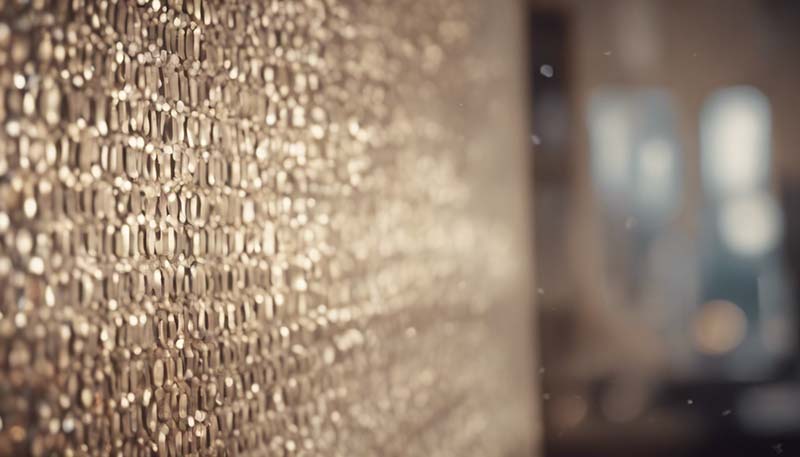Texture in interior design refers to the tactile or visual qualities of surfaces and materials used in a space. It plays a crucial role in creating a comfortable and aesthetically pleasing environment. Texture can be actual, which is something you can physically feel, or visual, which is a pattern that tricks your eye into perceiving a certain tactile quality.
Texture adds depth, interest, and character to a room. It can also influence the perceived temperature of a space, making it feel warmer or cooler. Furthermore, it can be used to create contrast or harmony between different elements in a room.
Rough textures, such as brick, stone, or burlap, can create a sense of warmth and coziness. They are often used in rustic or industrial designs to add character and depth.
Smooth textures, like glass, metal, or polished wood, can make a space feel more modern and sleek. They are often used in contemporary designs to create a minimalist and uncluttered look.
Advertisement
Soft textures, such as velvet, silk, or faux fur, can add a sense of luxury and comfort to a room. They are often used in traditional or bohemian designs to create a cozy and inviting atmosphere.
Contrasting textures can create visual interest and depth in a room. For example, pairing a rough, textured wall with smooth, sleek furniture can make both elements stand out more.
Using similar textures throughout a room can create a sense of cohesion and harmony. This can be achieved by choosing materials with similar tactile or visual qualities.
It's important to balance the use of texture in a room. Too much texture can make a space feel cluttered and overwhelming, while too little can make it feel cold and sterile. Finding the right balance is key to creating a comfortable and inviting environment.
In this rustic living room, the rough texture of the exposed brick wall contrasts beautifully with the smooth, polished wood floor. The soft texture of the plush area rug adds warmth and comfort to the space.
In this modern kitchen, the smooth texture of the stainless steel appliances and countertops is balanced by the rough texture of the concrete backsplash and the natural texture of the wood cabinetry.
In this bohemian bedroom, the soft texture of the velvet headboard and the plush area rug create a cozy and inviting atmosphere. The rough texture of the woven wall hanging adds visual interest and a touch of global flair.
Texture is a powerful tool in interior design that can greatly enhance the look and feel of a space. By understanding the different types of textures and how to use them effectively, you can create a room that is not only beautiful but also comfortable and inviting.

